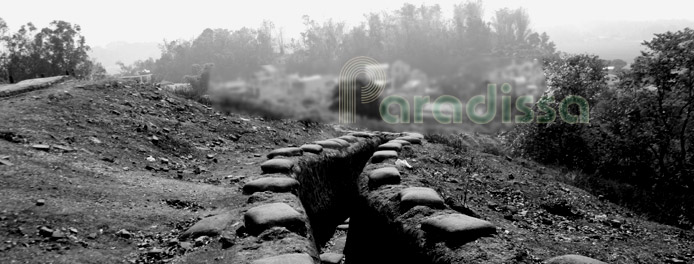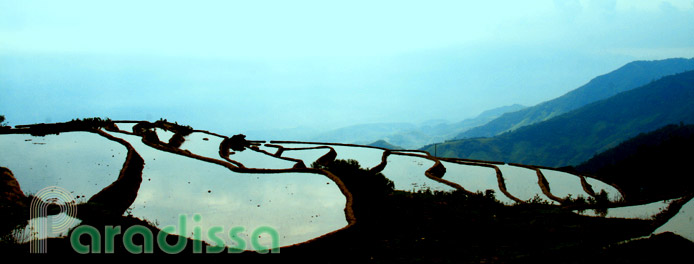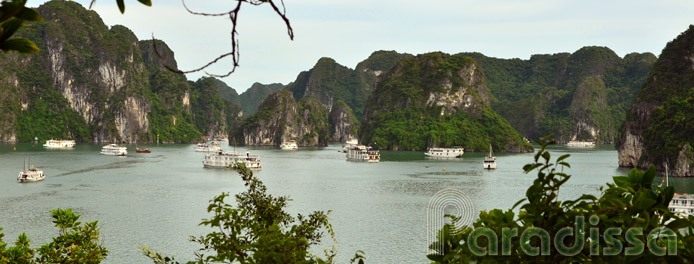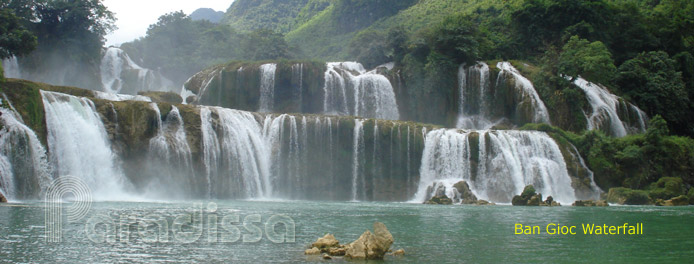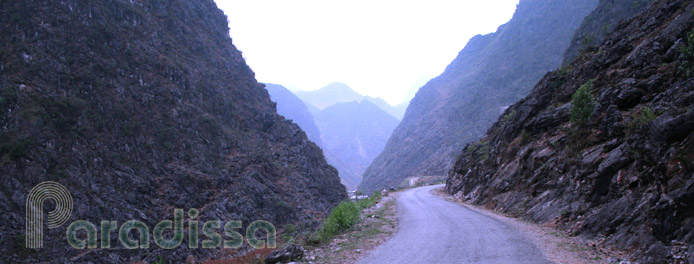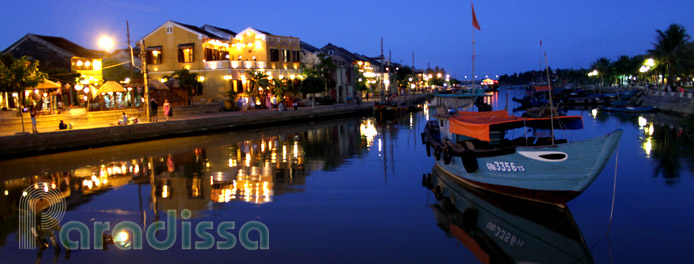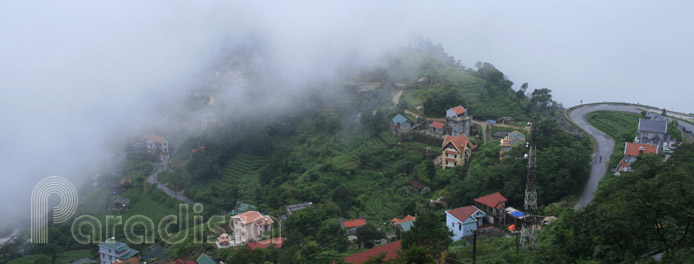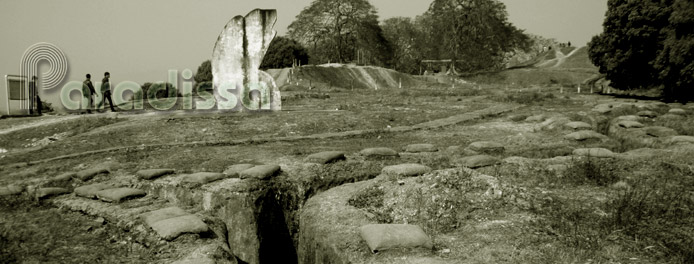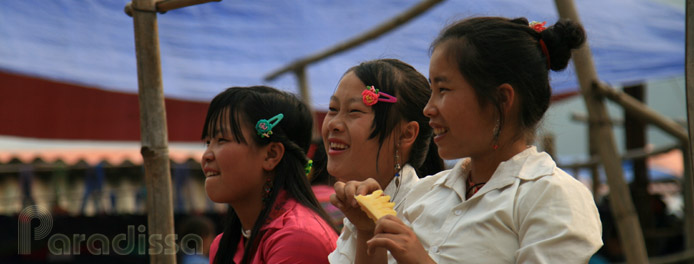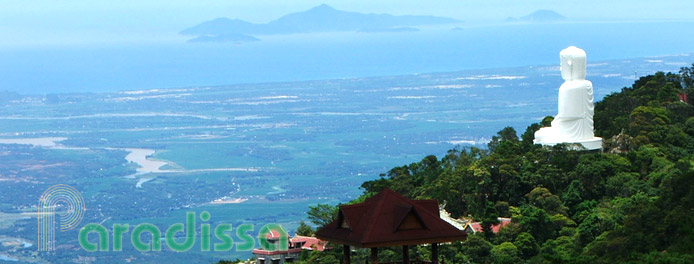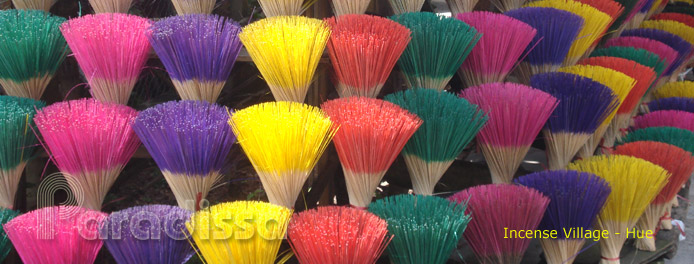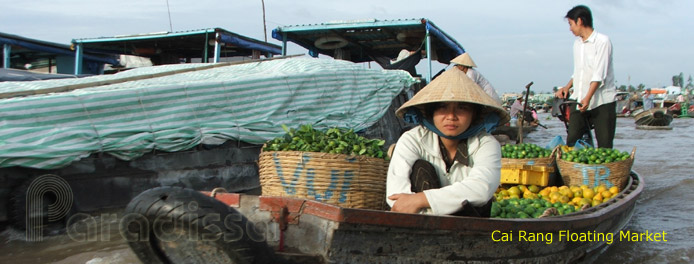Paradissa’s guide to battlefields in Vietnam are dedicated providing information on the former battlefields in Vietnam which could be of interest to those who love to learn about the Vietnamese history.
Taking a historical tour or battlefield tour in Vietnam with us through visiting former battlefields would help our travellers more understanding of the past and may have more ideas of what is going on at present, and possibly foreseeing something in the future…
With thousands of years of the Vietnamese history, it is not easy for us to put all into a little guide. In this article we only focus on the battlegrounds during the Indochina War from 1946 (when the French colonialists came back to Vietnam and Indochina) to 1975 (when Vietnam was re-unified). The former battlefields below are listed as per the timeline of the battles.
1/Hanoi (1945-1946)
Hanoi was where important events took place which helped you much in-depth understanding of what went on later in the Vietnamese history. Hanoi was where the Vietnam seized power in the August Revolution (1945) and Hanoi was where the first pitched battle took place between the Viet Minh and the French troops.
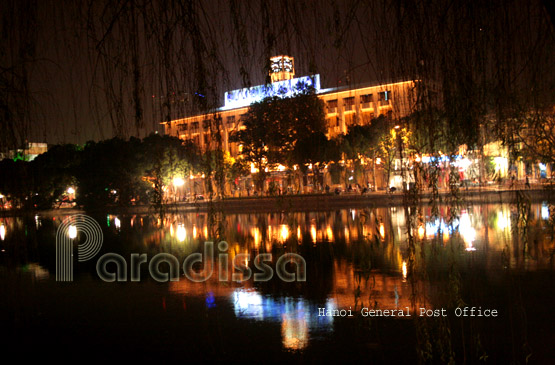
The Post Office of Hanoi, site of a major battle between the Viet Minh and the French Troops
2/Thai Nguyen, Bac Kan and the ATK (1947) – Operation Cloclo by the French
Before the August Revolution the ATK was where the headquarters of the Viet Minh was located. After the two-month battle of Hanoi, the Viet Minh took to the jungle again and again it was Thai Nguyen and Bac Kan (ATK). The French wanted to crush down on all the Vietnamese movements and wanted to capture the leaders of Viet Minh, Operation Cloclo was implimented. What revealed during and after the operation was no doubt very interesting.
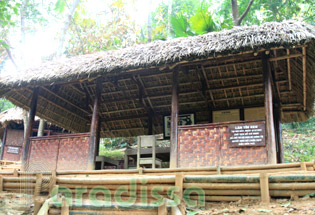
Tin Keo Hut at ATK (Dinh Hoa, Thai Nguyen)
3/Cao Bang, Route Coloniale 4 (RC4), Dong Khe Battle, the Cao Bang Debacle (1950) – The Border Campaign by the Viet Minh
Cao Bang was the site of a big French outpost after their 1947 operation into the Northeast. The Viet Minh was determined in removing the French forts in the Northeast. In 1950 the Viet Minh showed their full maturity in battles against the French legionnaires. It was the Viet Minh that took initiatives in a series of battles and operations in removing French strongholds in the Northeast of Vietnam and they were successful. Visiting Cao Bang, RC4, Dong Khe and Lang Son you’ll have full understanding of this chapter of the First Indochina War.
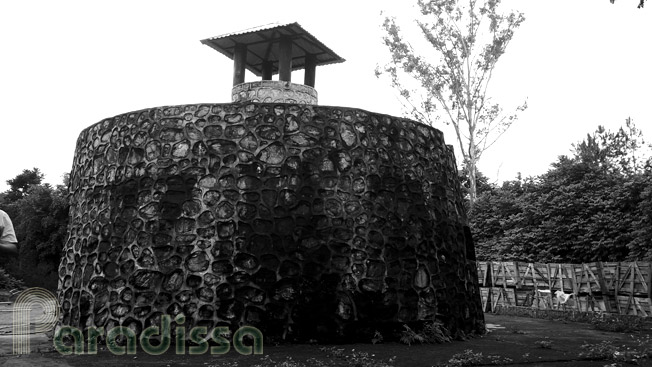
former French Fort of Dong Khe
4/Hoa Binh (1951-1952) started by the French
After the Border Operation in 1950, the Viet Minh initiated a series of attacks further to the extreme Northeast of Vietnam (Battle of Dong Trieu) and the vicinity of Hanoi to the northwest (Vinh Yen), into the Delta (Battle of Ninh Binh). Though Viet Minh’s victory in the Border Campaign was enormous, the results of their successive operations in late 1950 and in 1951 were limited. That was probably because of the newly appointed French Commander and Commissioner – Jean De Lattre De Tassigny who was capable enough to have timely measures against the Viet Minh strategy.
And De Lattre wanted to get back initiatives in the battlefields. Operation Hoa Binh started by the French in late 1951 early 1952 was the result. De Lattre was not lucky this time as he gave a golden opportunity to the Viet Minh and General Giap was clearly aware that he and his troops were not allowed to miss the chance… And the Viet Minh made it.
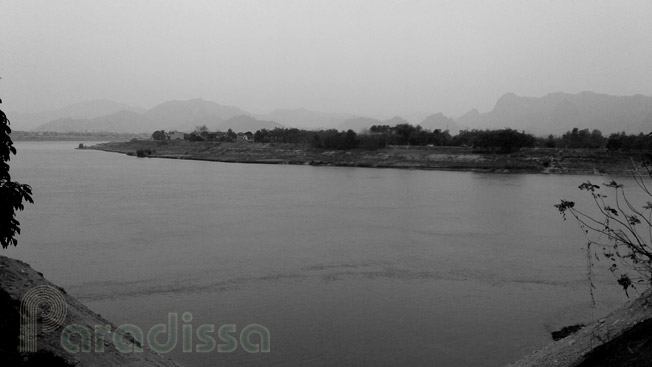
The Black River (Da River) - Site of the Hoa Binh Battle
5/The Northwest of Vietnam (Son La, Dien Bien Phu, Lai Chau, Lao Cai, Yen Bai) - Operation North-West (1952) started by the Viet Minh
The Battle of Hoa Binh undermined the last hope for military victory among the French politicians in France and French military officers in Indochina. Still pulling out of Indochina was not in the cards. On the other side, the Viet Minh was determined to move forwards clearing one region after another by causing high casualties to the French troops. The Northeast of Vietnam had been liberated and the next should be the Northwest. The operation started at Nghia Lo (Yen Bai) and concluded at Na San (Son La). Success to the Viet Minh was a huge liberated zone in the Northwest and their failure was that the French stronghold at Na San remained strong...
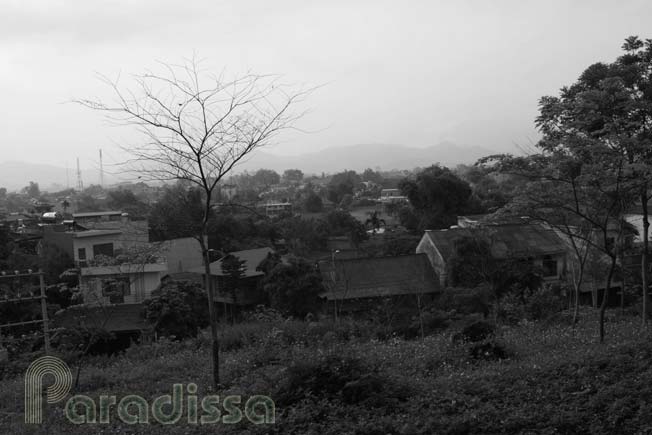 Nghia Lo former French Stronghold
Nghia Lo former French Stronghold
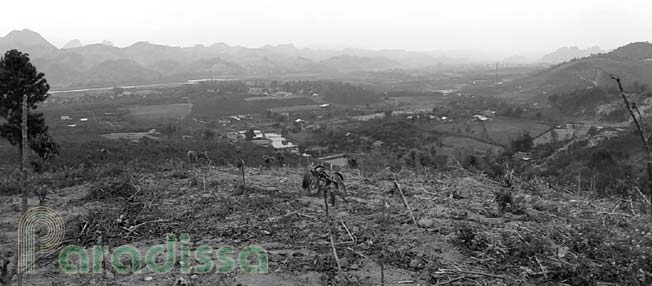
Site of the former Na San Battle
6/Dien Bien Phu (1953 – 1954)
Recalling Dien Bien Phu, we must not forget recalling Na San. Na San was a big puzzle to General Giap and the Viet Minh troops in 1953, to advance further they had to find a resolution to it. On the French side, Na San was a victory and that victory should be duplicated and multiplied.
Dien Bien Phu was not in the plan by Henri Eugène Navarre, the newly appointed Commander in chief of the French forces in Indochina in 1953. It was Navarred who moved first in the dry season of 1953-1954 and he chose Dien Bien Phu to make a challenge to General Giap. On his side, General Giap prayed hard that it was a real challenge; and if was real, the liberation war of his people was close to decisive moments.
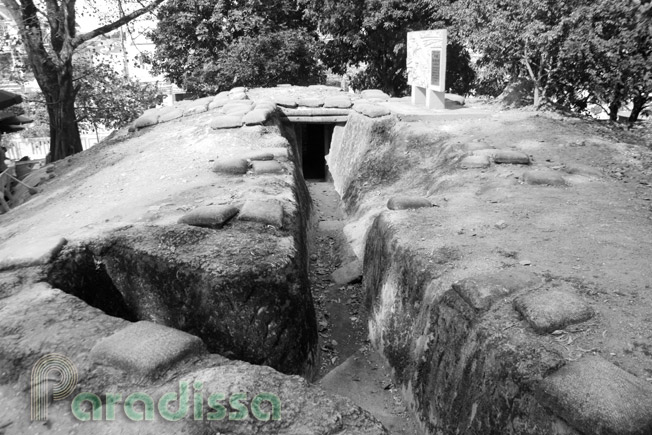
A1 Hill (Elianne 2 by the French) at Dien Bien Phu
7/Dakpo, Mang Yang Pass, An Khe, Gia Lai Province – Battle of Mang Yang (1954)
The Battle of Mang Yang (Dak Po Bridge, Mang Yang Pass, An Khe, Gia Lai) was the last one of major scale during the First Indochina War (1946-1954). The battle took place on June 24th , 1954 which was over a month after the French fall at Dien Bien Phu. Groupement Mobile 100, which had had good reputation in South Korea before they were deployed to Vietnam, was among the best forces in the French troops in Indochina after Dien Bien Phu.
Paradissa hosts a historical tour for one day to the site of this battle, and we have a number of interesting Vietnam battlefield tours which include a visit to this site. On the visit, you’ll learn why was this battle and whether it was necessary for such a brutal battle?



